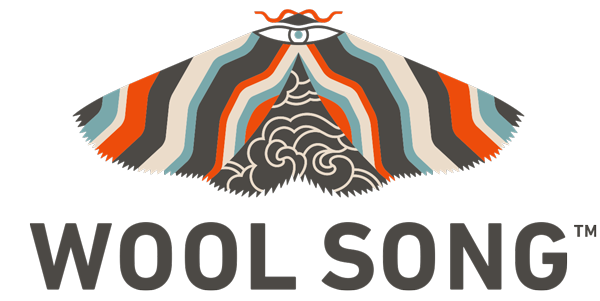TRADITIONS OF
BEAUTY & UTILITY
As one of the largest exports from Nepal, Tibetan-weave rugs have long appealed to Western and European sensibilities. Revered for their durable plush pile and inherent harmony with bold graphic styling, they are uniquely fashionable and ideal for custom orders.
Tibetan rugs were first developed for functional use by nomadic peoples living in cold, mountainous regions, and were historically used as sleeping and seating mats, door curtains and saddle covers. Utilizing wool well suited to carpet making, traditional weavers used an innovative dense knotting method that produced strong rugs, which incorporated beautiful folk art and or religious motifs into their designs. Notable indigenous rugs feature tiger stripes, flowers, clouds and dragons, as well as sacred Buddhist symbolism for temple rugs. Now as an industry in Nepal fostered by the Tibetan exodus from China, Tibetan, more properly Nepali-Tibetan rugs, are at the forefront of haute couture.
For more information about rugs in our current world, please enjoy this excellent article, Nepal Ascending, by Michael Christie, The Ruggist, and Editor of Rug Insider magazine.
READ ABOUT RUG MAKING BELOW.


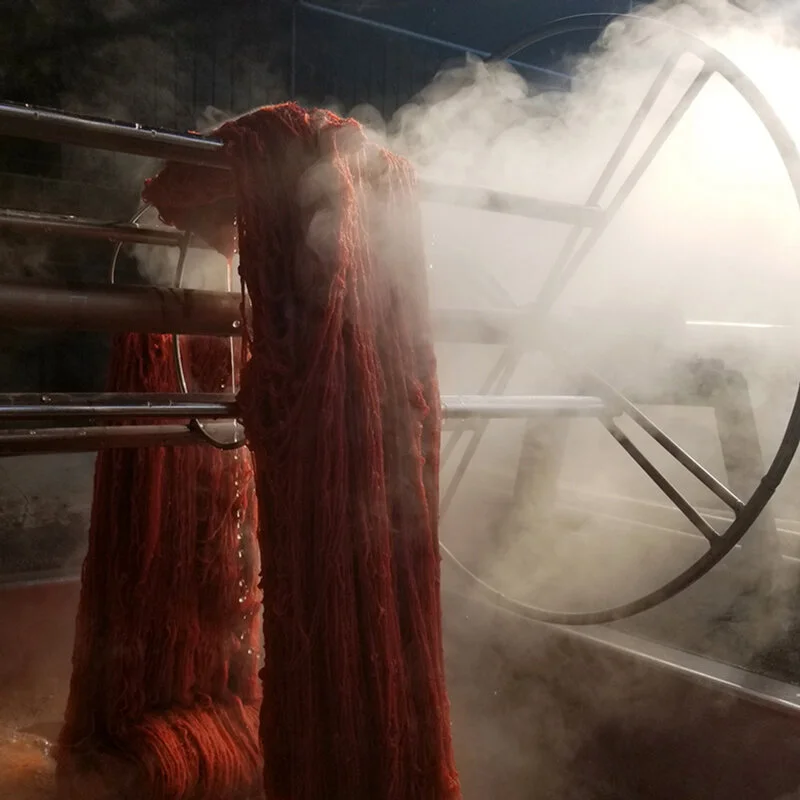
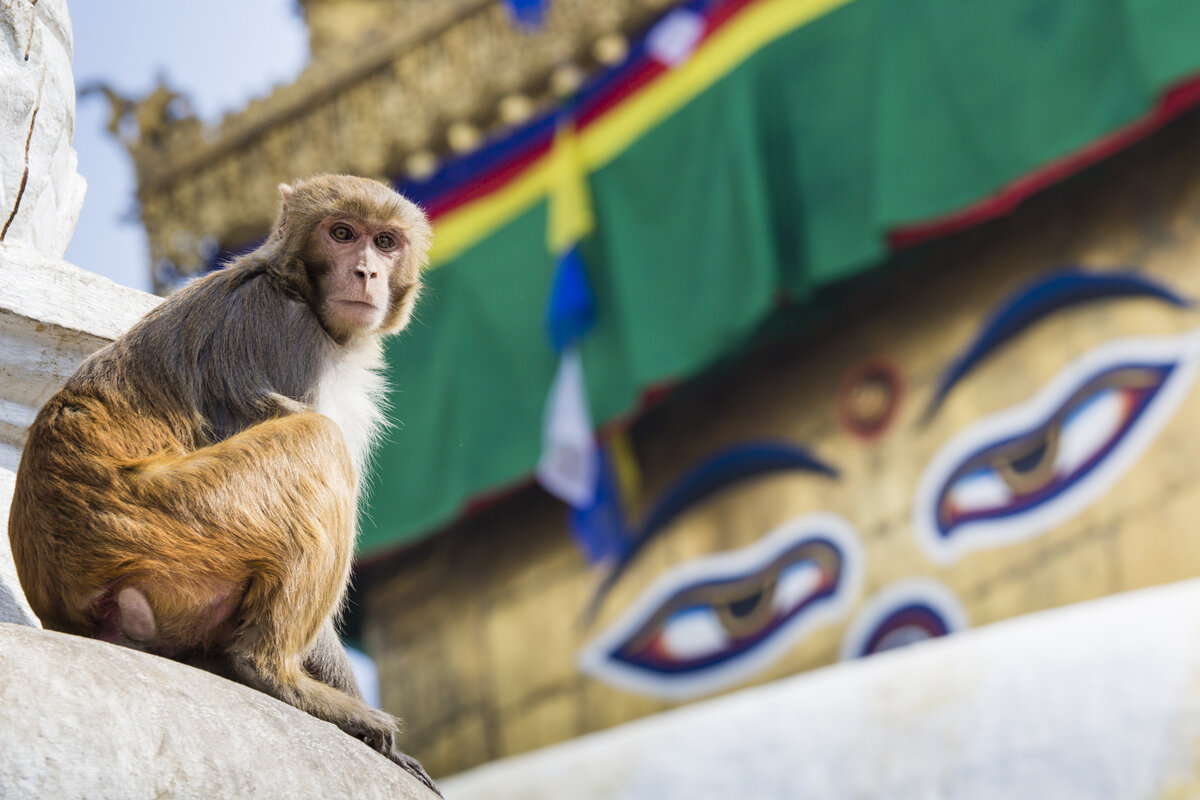
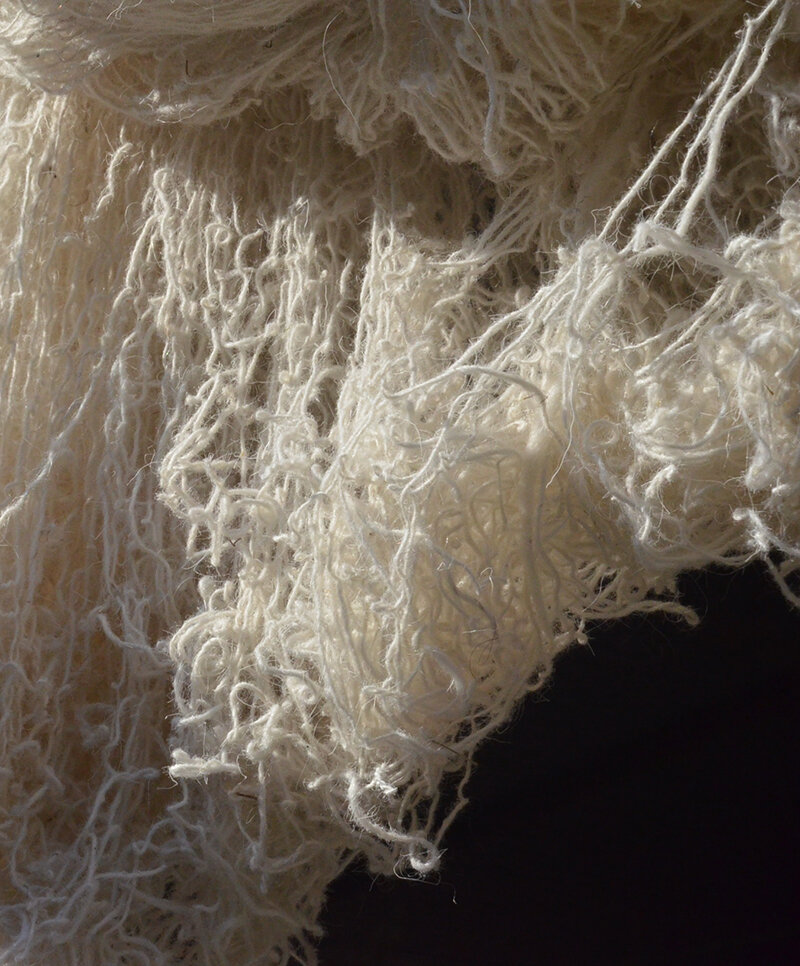





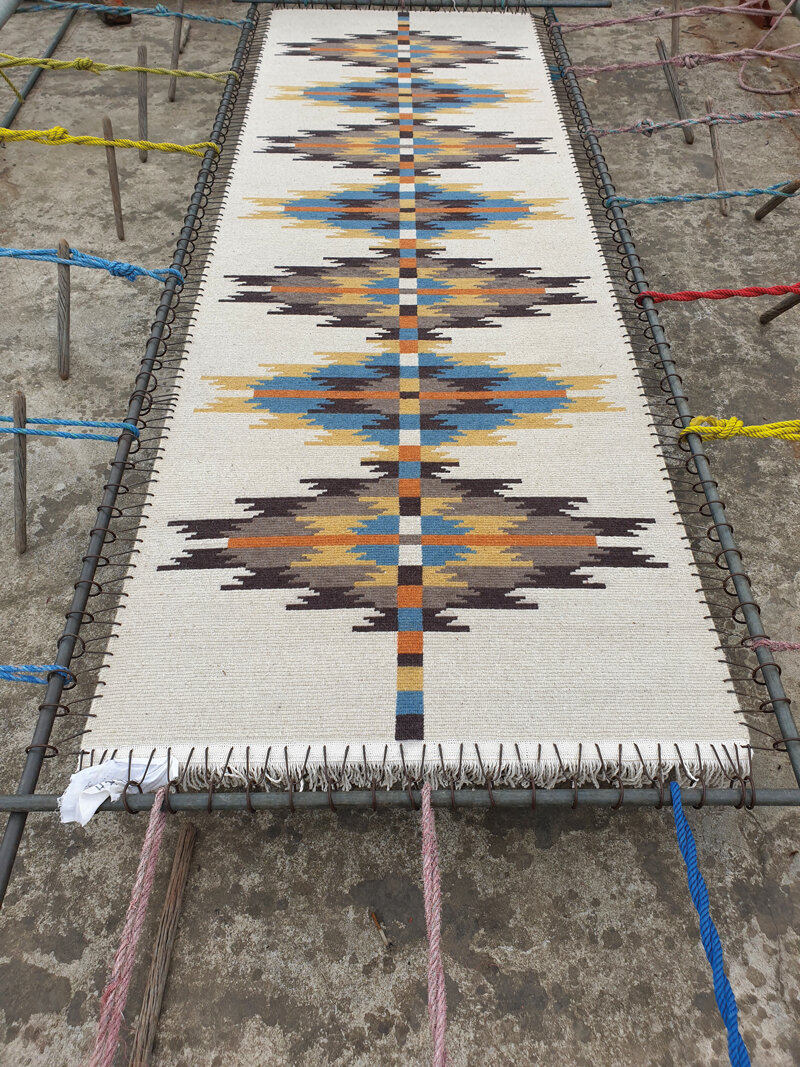

PROCESSES
WOOL PREPARATION
Tibetan wool is considered to be the world’s finest. It’s characterized by long, lanolin-rich fibers shorn from highland sheep raised in cold climates at elevations over 10,000 feet. Raw wool is sorted by hand according to natural colors that range in shades from white and grey to brown and black. The wool is then cleaned of unwanted particles and washed in warm water.
CARDING/SPINNING
Carding is the process of combing wool to further clean, untangle and lengthen the fibers with a steel and wool comb. Carded wool is then drawn out and twisted into yarns as it’s fed onto a wooden spinning wheel. Yarn thickness is determined at this stage. Yarns are wound into balls for use by the weavers.
POT DYEING
Wool and other materials such as silk, hemp and nettle, are manually pot-dyed in small lots to match specified design colors for each rug. Initially, small tests are formulated by dye masters to ensure accuracy, and recorded for future use. Pots are heated slowly over stoves and fibers are cooked for three to four hours, based on the desired degree of color saturation. After dyeing, hanks of yarn are open-air dried under the sun.
HAND-KNOTTING
Tibetan knotting is a highly skilled art form. Rugs are crafted line by line onto cotton warp threads on large iron and wood frames. Using traditional knotting techniques over a metal rod, weavers fill an entire row from side to side. Yarns are then beat down and sliced from the rod, causing the pile to stand up. Knots are placed according to graph paper “cartoons” hung directly on the loom at eye level. A 6' x 9' rug may contain anywhere from 38,000 to 64,000 knots, depending on design intricacy and density. Levers, beater combs and scissors are employed with great skill.
WASHING & DRYING
Once removed from the loom, rugs are trimmed and sheared to specified pile heights according to each design. They’re then washed by hand with long wooden planks that scrub the pile and squeeze out water for faster drying. To preserve the lanolin, natural liquid soaps without harsh chemicals are used to clean the rugs.
Each rug is washed three times, then block-stretched on hooked metal frames in direct sunlight for up to seven days to set the shape and size. Final touches to the rug include surface clipping, carving and edge binding. Rugs are closely inspected for quality before packing and are shipped in heavy-duty packaging for protection.
